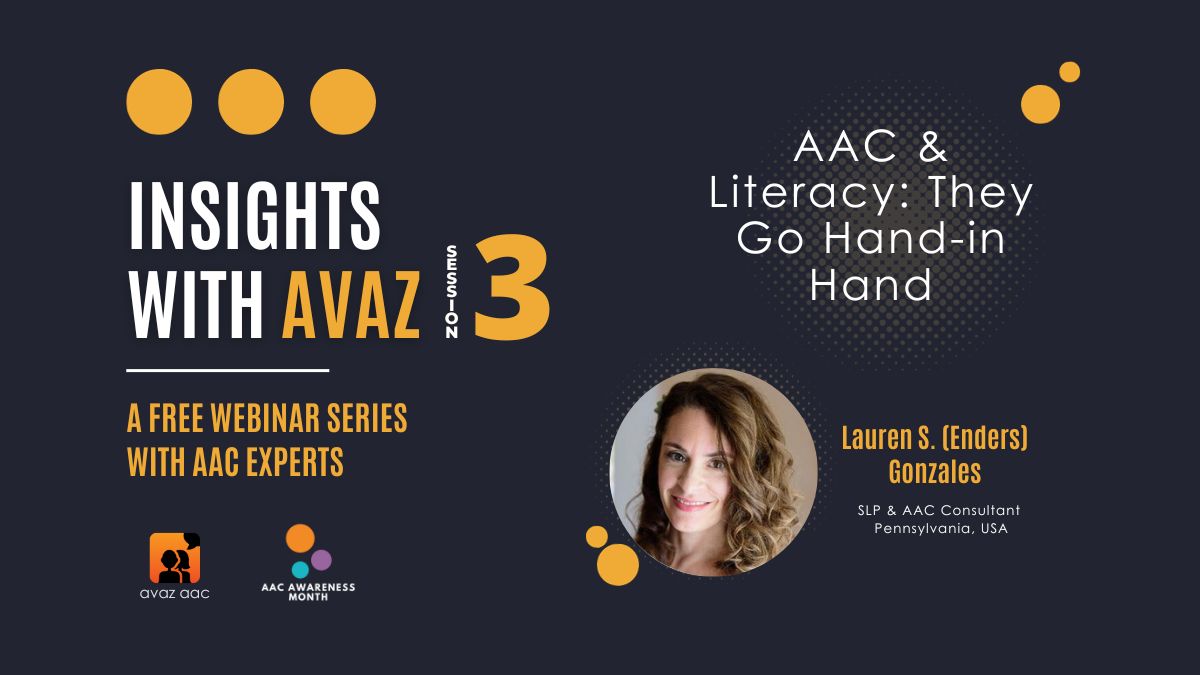Literacy is an important milestone in learning. Content area and Discipline literacy are two approaches to literacy instruction. In this article, we look at how AAC and Literacy go hand in hand. AAC can support both approaches – both as a communication tool, as well as a generic classroom tool.
Two Approaches to Literacy
Literacy broadly has two approaches:
- To learn to read, understand and write across various academic disciplines
- To learn to read, understand and write discipline-specific contents
At the outset, the two approaches may sound similar or interchangeable. Let us look at an example: An elementary school kid learns literacy as a means to solve a problem across various disciplines or subjects. This means, the child uses literacy skills to read, interpret the text and reproduce what they learn in the classroom. This can further be broken down into learning to –
- Ask clarifying questions.
- Predict a text by reading headings and subheadings.
- Summarize or elaborate depending on the context, etc.
These literacy skills are common across the disciplines. This is Content-Area Literacy approach.
Now let us consider an example of a specific discipline, say mathematics. Learning to prove a theorem, say Pythagoras theorem in mathematics, requires a different approach than learning to interpret a poem. This requires the child to learn how to differentiate thinking – like a mathematician or a littérateur or a scientist. This approach to literacy will focus on teaching the skills and elements of literacy specific to that particular discipline. This is the Discipline literacy approach.
AAC & Literacy
Augmentative and Alternative Communication (AAC) is a mode of communication that comes in handy for children and adults with complex communication needs. AAC can be low-tech boards, or high-tech apps like Avaz AAC.
Let’s see how AAC (low-tech and high-tech) is used in an inclusive classroom in both these literacy approaches.
AAC for Content-Area Literacy
In the image below, you can see a low-tech pdf of a communication board (created on Avaz AAC app). The words shown on the board can come in handy while teaching content area literacy skills such as interpreting a text, asking questions or explaining something from a book.
Discipline Literacy
Similarly, there are two boards, one for mathematics and another for history showing some of the words used in a typical set-up. These would help children understand the nuances of how various disciplines operate, and the differences in approach.


A Final Thought
Typically, we use AAC devices primarily for children with complex communication needs. But as we saw in the discussion above, including a low-tech version of AAC in the curriculum may benefit other children too.
Making a version available to all students in a classroom will ensure that the AAC user fits in easily. Additionally, it will also create familiarity among other children and teachers.



